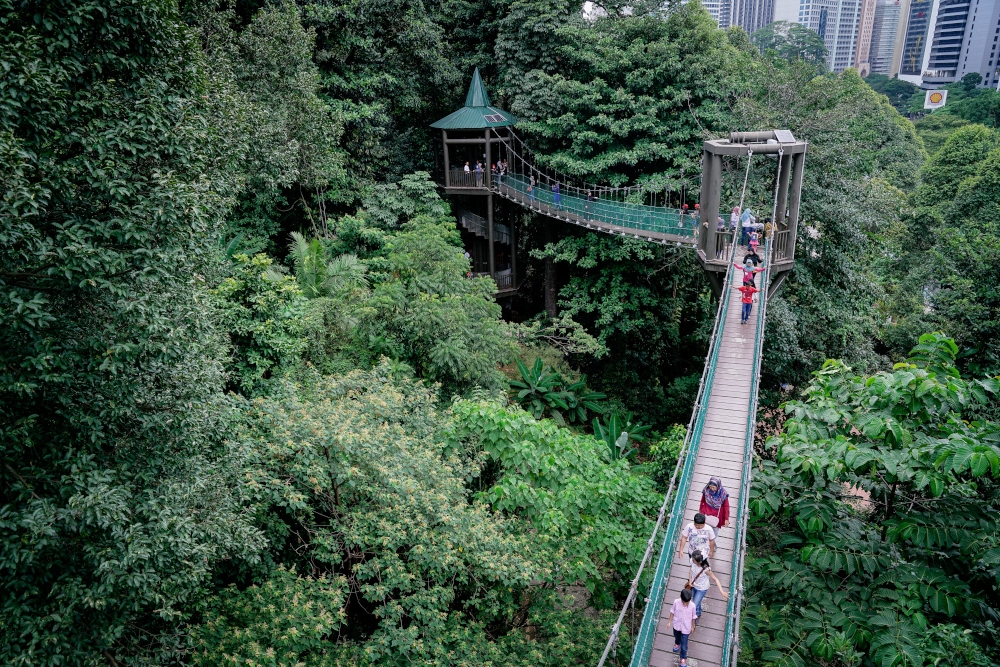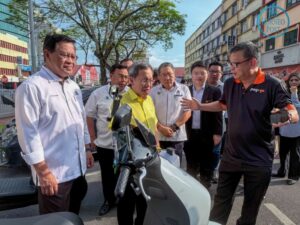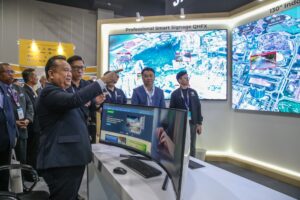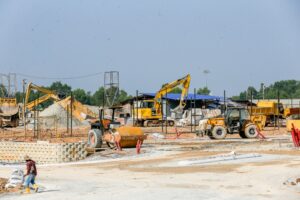KUALA LUMPUR, Oct 14 — A quiet transformation is underway in Malaysia’s capital. Beneath the skyscrapers and flyovers, planners are trying to reconnect the city’s historic heart through a series of shaded corridors, pocket parks and pedestrian-friendly back lanes.
Called the Green Corridor Network, the plan aims to make Kuala Lumpur a city built for walking again — linking its landmarks, neighbourhoods and heritage streets into one continuous, human-scale route.
Reclaiming the streets
For decades, Kuala Lumpur’s growth has been driven by cars. Pavements broke apart, green spaces were isolated, and walking between districts became inconvenient or unsafe.
The Green Connector Network seeks to reverse that. Led by Think City in partnership with Kuala Lumpur City Hall (DBKL), it focuses on stitching existing spaces together — not creating new mega-developments, but breathing life into what already exists.
Inspired by projects such as Singapore’s Park Connector, New York’s High Line and Seoul’s Cheonggyecheon River, KL’s version is uniquely local.
Its routes weave through kopitiams, temples, galleries and narrow five-foot ways rather than elevated walkways or manicured riverbanks.
How the route takes shape
The first stretch of the route begins at Masjid Jamek LRT Station, running past Dataran Merdeka, through Medan Pasar, into Central Market, Petaling Street and finally across to Kampung Attap.

Laneways behind Jalan Hang Lekiu along Jalan Tun H S Lee. — Picture by R. Loheswar
Along the way, visitors encounter living fragments of Kuala Lumpur’s story — from its earliest commercial square to its present creative revival.
At Medan Pasar, the old market square where Royal Selangor once began, new investments and creative outlets are slowly returning.
Around Central Market, small urban museums and galleries — such as Ermu, Sin Sze Si Ya Temple’s gallery, and C-Space — now document the area’s evolution.
Across the river, Kampung Attap has emerged as a case study in urban renewal.
Once a sleepy backstreet, it now hosts cafés, bookshops and the annual PEZSTA Kampung Attap, a community-led festival celebrating arts, heritage, and placemaking.
Think City’s approach: Participation, not just beautification
Behind this progress is Think City, the urban regeneration agency partnering DBKL and various stakeholders to make the route possible.
Only after the groundwork of mapping and negotiation does Think City’s role become visible.
Its director of urban solutions and placemaking lead, Daniel Lim, said the hardest part is aligning everyone — owners, traders, residents and agencies — behind a shared purpose.
“People are complex, communities are complex. Walls stay the same, but people change,” he said.
“Continuous engagement is key — it’s not just about building something once and walking away.”
Each site involves delicate coordination: moving stalls that spill into lanes, introducing greenery without blocking footpaths, and convincing businesses to help keep their own spaces clean.
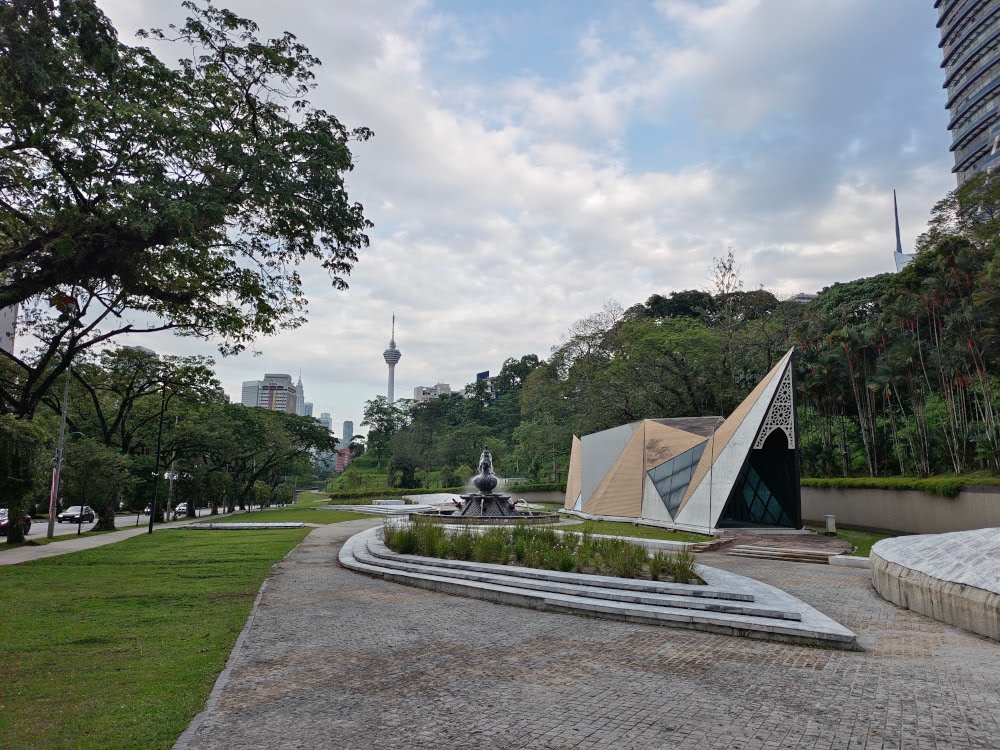
Jejak Pahlawan at Jalan Parlimen has a green connector now that people can use. — Picture courtesy of Think City.
“You don’t need someone policing you all the time,” Daniel added.
“If you feel it’s yours, you’ll protect it.”
This participatory approach has already taken root in other cities.
In Johor Bahru, a regenerated laneway Think City worked on years ago is now maintained entirely by local tenants, proof that shared ownership can outlast project timelines.
Many owners, one vision
Every section of downtown KL comes with its own web of landlords, agencies and departments — from DBKL’s licensing and infrastructure divisions to SME Corp and private developers.
Negotiations can take months.
Sometimes it’s about adjusting drainage or relocating a kitchen exhaust; sometimes it’s about redrawing stall boundaries so a back lane can reopen to pedestrians.
Yet each compromise adds up to a greater goal: restoring the habit of walking through the city instead of around it.
Beyond parks: Redefining public space
Think City’s planners argue that Malaysia must broaden its idea of public space.
In Western cities, people gather in central squares and parks; in Asia, life spills to the edges — the five-foot ways, the kopitiam forecourts, the shaded steps outside temples.
These are the “third spaces” where daily interaction happens.
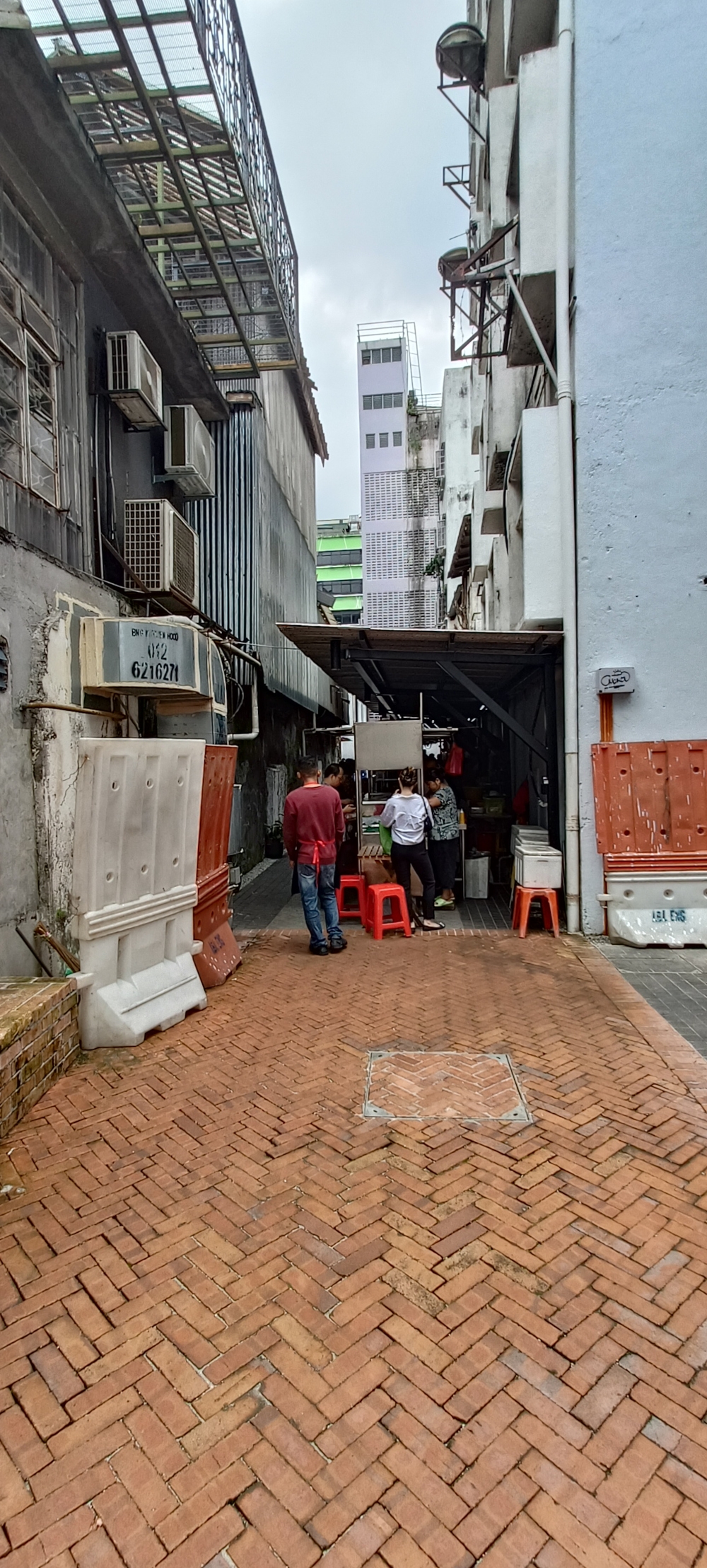
Hawkers now have a special setup to sell their food and the covered pathways are made out of recycled material. — Picture by R. Loheswar
The Green Connector Network strengthens these peripheral zones rather than replacing them, creating informal meeting points that feel safe, comfortable and distinctly local.
“A green connector isn’t just about planting trees, it’s about how people experience the street — the shade, the sound, the comfort of walking through it.”
A 15-minute city, KL-style
Urban designers often speak of the “15-minute city” — a place where most needs are reachable within a short walk.
In Kuala Lumpur, that idea is taking a uniquely Malaysian form.
A decade ago, walking from Masjid Jamek to Kampung Attap felt like a 15-minute ordeal through traffic and blank walls.
Today, thanks to cleaner pavements, art spaces and shaded links, the same route feels half as long — a five-minute journey filled with sights, sounds and smells that remind you the city is alive again.
The long walk forward
The Green Connector Network is still a work in progress — a mosaic of completed alleys, upcoming upgrades and experimental pocket but its impact is already visible, friendlier sidewalks, cooler micro-climates and a renewed sense of belonging.
If the momentum holds, Kuala Lumpur could soon earn back its reputation as a city made for people, not cars — a city built for walking again.
